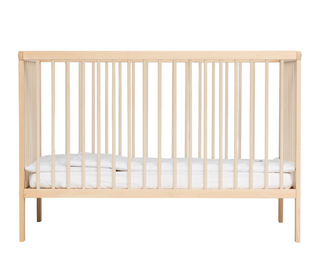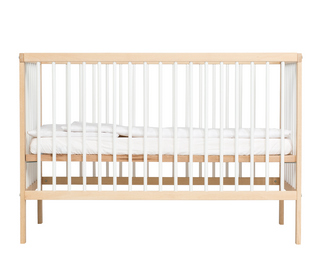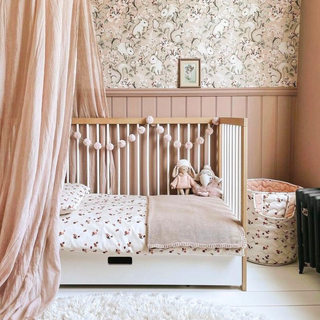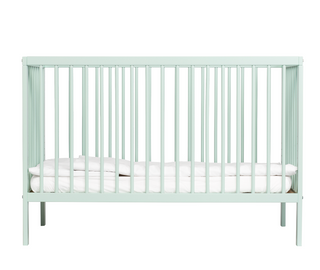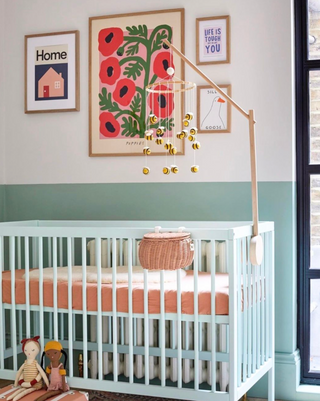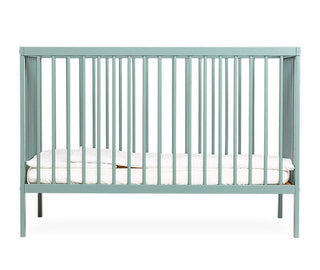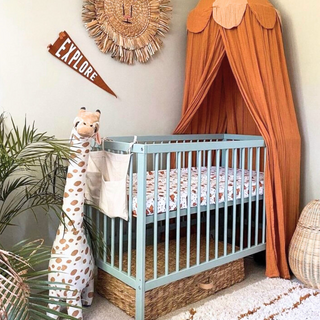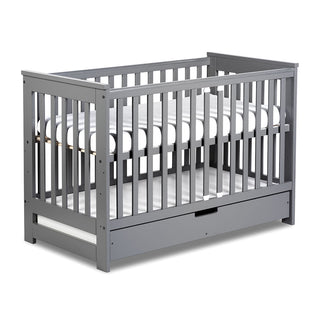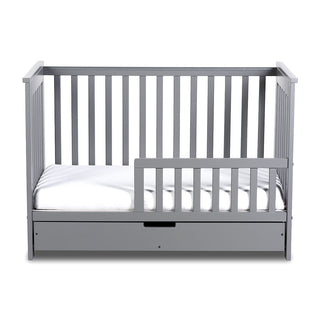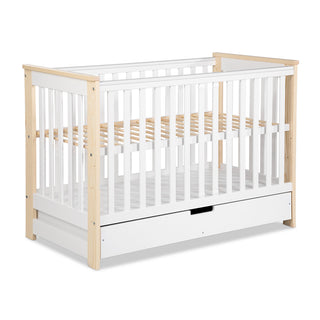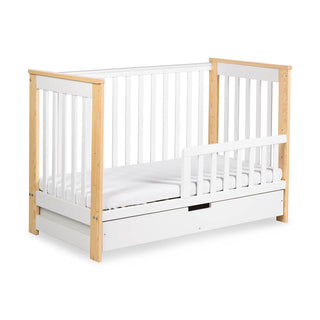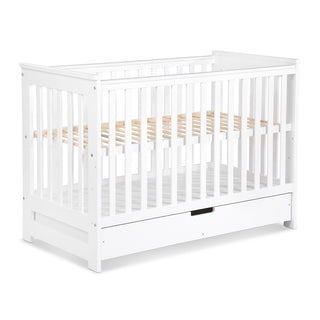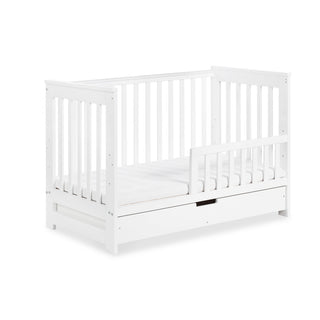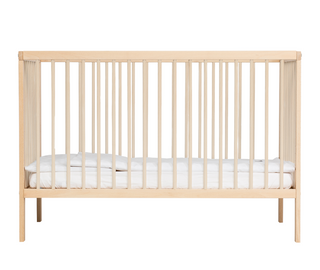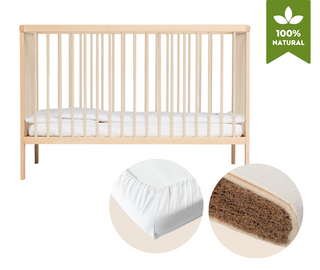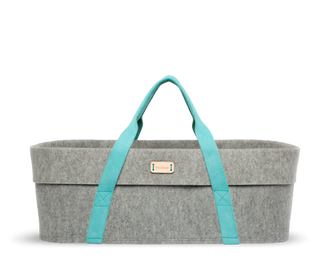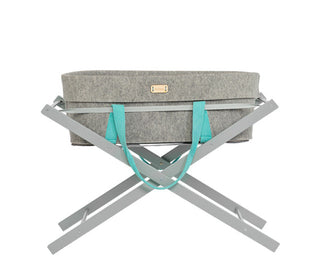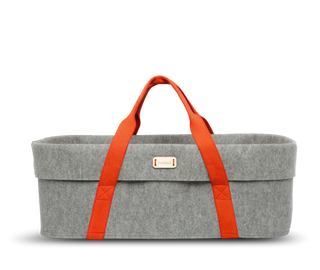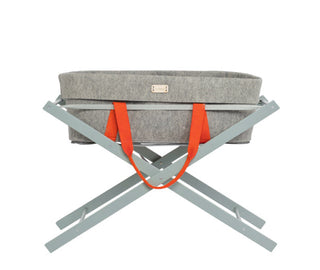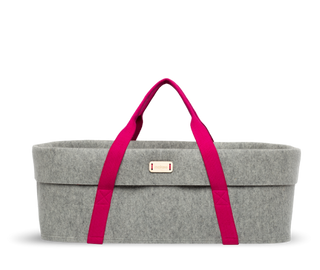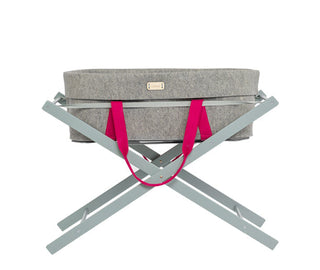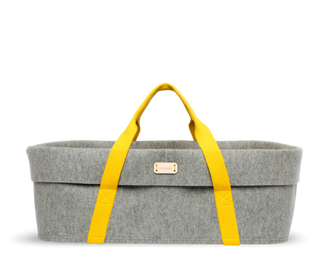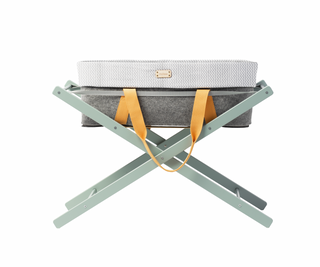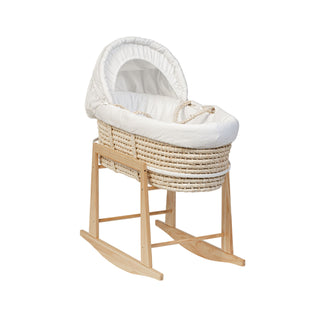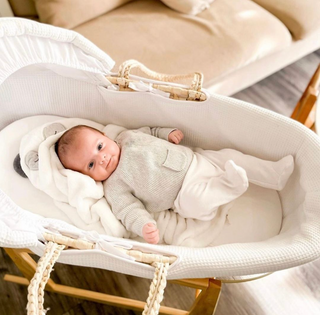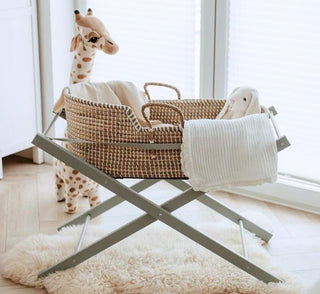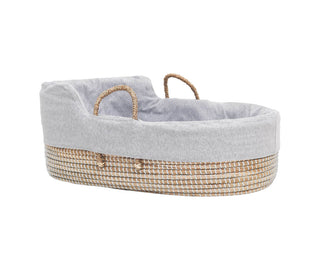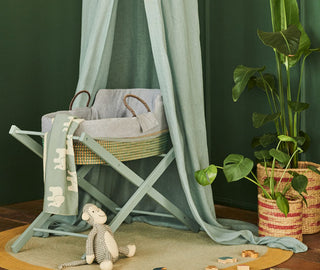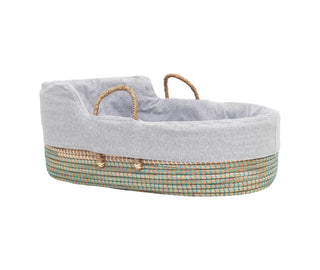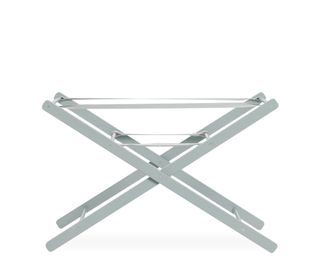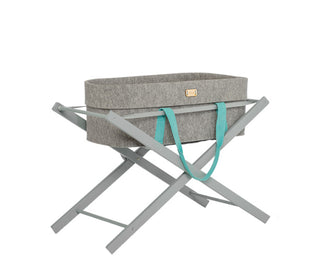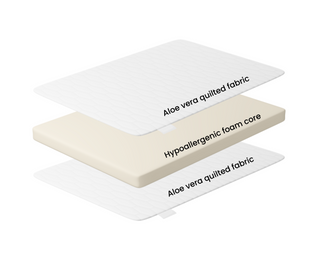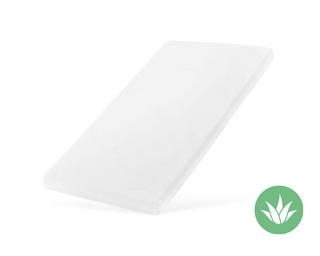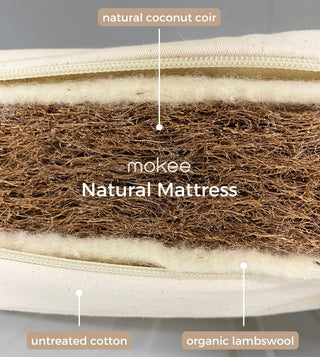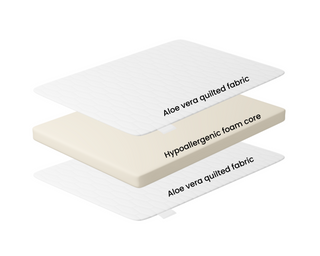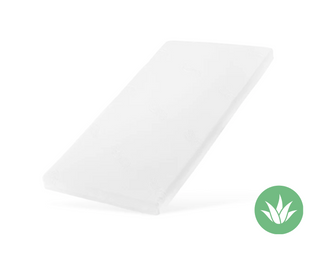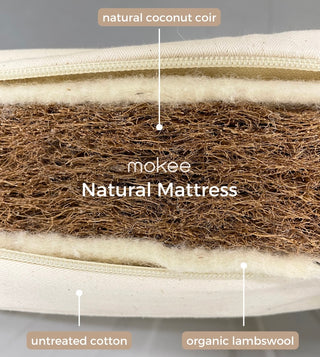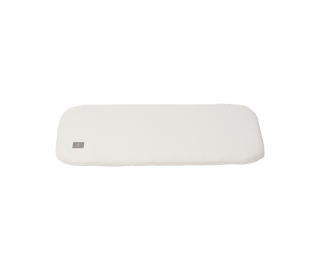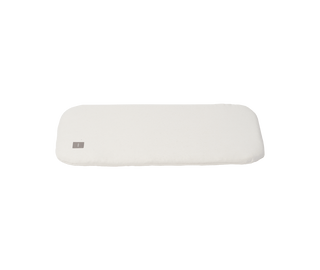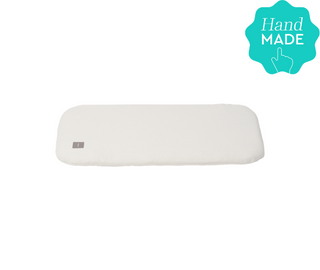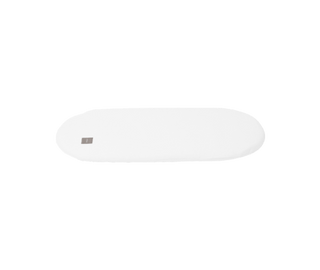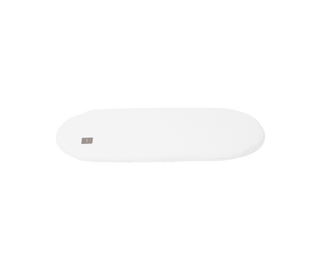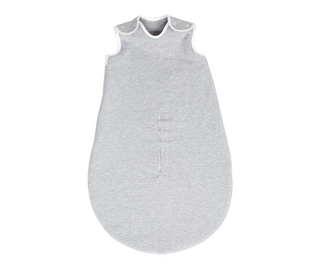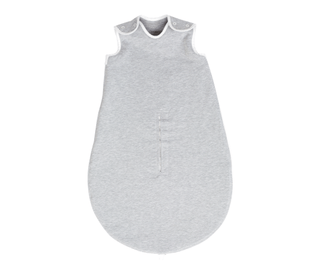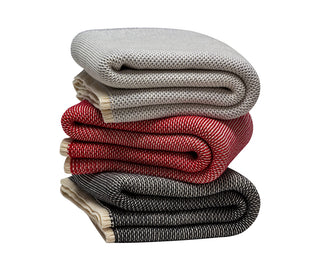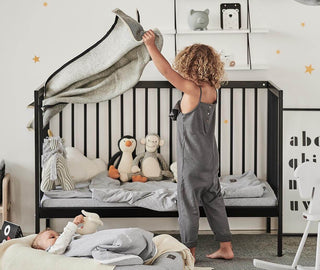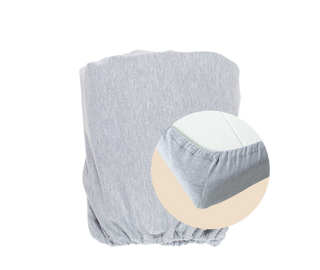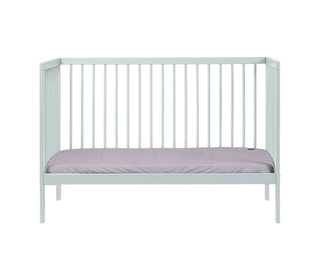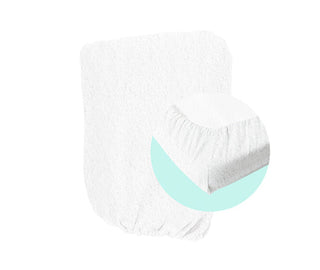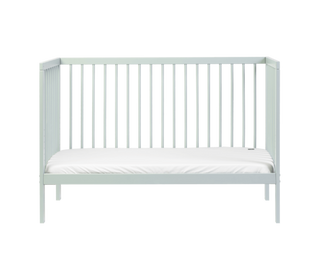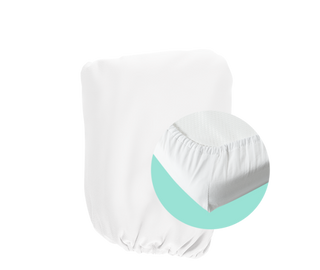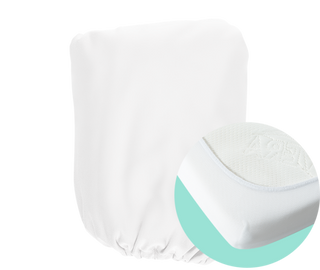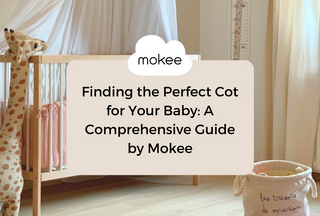How to be a sustainable parent?
(Republished)
by Becca Smith • @beccasmith_tomlins
Having a baby has been compared to creating a carbon bomb. This tiny little baby comes with lots of things and stuff – so it’s not surprising to find parents feeling guilty over the waste accumulated when raising children. I have been trying to reduce our waste at home and with a young baby and four-year-old it’s incredibly hard.
But there are things that you can do to help reduce your carbon footprint when having a baby.
WIPES
Try to ditch baby wipes. They aren’t great for the environment – the majority of wipes contain plastic and we all know how bad that is for the environment. You can get lulled into using baby wipes for everything – cleaning faces at mealtimes, wiping dirt on the buggy / high chair, cleaning a table - as they are so easy and handy. But what I have tried to do is to only use baby wipes when absolutely needed and that is when I am out of the house and only for when I am changing a nappy.
Don’t use wipes to clean up a baby’s face after a meal. If you are at home, use a flannel. If you are out of the house bring a flannel or clean dishcloth and soak it in water and then put it in a zip lock bag. Yes the bag is plastic but you can re-use it forever. I started to do this when I went on holiday and it’s actually a lot easier than using wipes – and your using water rather than nasty chemicals from the wipes. Go to the toilets in a restaurant and rinse it out and pop it back in the bag for later. Try it.
NAPPIES
Now I am not going to tell you to use cloth, re-useable nappies. I don’t because quite frankly I can’t face anymore washing – I am a working mum and I simply don’t have time for it. But, I am in awe of any parent who commits to not using single-use nappies. I am, however, endeavouring to use less nappies. I won’t change my one year old unless he really needs his nappy changing. A poo? Yes. But if he’s done a little wee I’ll leave it until it’s absolutely necessary. I also give my son a lot of ‘nappy-free time’! It’s good to give their squidgy bottoms a good airing – they love it and it is great in stopping nappy rash. Both of my sons have never had nappy rash and I swear it’s because I let them air their cute bottoms. Of course, there are accidents. But baby wee isn’t really wee, right?! Try it, after bath, before bed and especially in the summer when you can play outside in the garden with nothing on – why not!?
There are some great sustainable nappy brands out there.
TOYS
My four-year-old son has 74 plastic dinosaurs and I have had enough! We counted them the other day and quite frankly I was a bit ashamed. After 4 years with kids, the toys have accumulated and I am not happy about it. Not only are they taking over our home but they sit there, unused most of the time and I am sure there are many other boys and girls who aren’t as lucky as my kids who would appreciate these unloved toys. So I am doing a ‘toy amnesty’! And you can too!
I’ve asked my son to choose some toys he wants to give away to other boys and girls. There are many charities that accept second-hand toys- but they must be good quality.
This is a great way to teach children about how lucky they are and that other boys and girls aren’t as lucky as them.
I have also asked family to reduce the amount of toys bought for my children at birthdays, Christmas etc. Other things such as clothing, arts and crafts can be much more useful.
SECOND HAND
I think everyone today accepts that buying second-hand, from charity shops or vintage shops is a great way to reduce your carbon footprint and give something a second-life. And the same can be said for kids clothing and toys. Charity shops have upped their game in the last few years and you can get some quality clothing and toys for a bargain – whilst supporting a charity! Fara kids is brilliant- with my first baby I went weekly to find bargains and I am pleased to say over half of his wardrobe was second-hand. With my second son, I’ve hardly bought anything as he is using his hand-me-downs from his brother. A small but great way to re-use and help reduce your carbon footprint.
GIVE AWAY
Food waste for me is unspeakable. There’s nothing worse than throwing food in the bin. Unfortunately having kids mean you do this way more than you want to. But, why not give it away? If you cook something your little cherub refuses to eat then wrap it up and drop it around a friend’s house whose kids may eat it! I’ve done this a few times. I once cooked a large chicken stew and pureed it for my one year old but he hated it. For no good reason! So I gave it away to friends with babies who would appreciate my hard work! You’ll be surprised how many mums are doing this more and more. Did you buy a pack of biscuits but your kids hate them? Don’t bin them- give them to a friend at your next playdate.
The same goes with baby stuff. I’ve given away a tonne of baby products that I know I won’t use again – a baby bath, travel cot, breast pump, play mat. You could also sell these online but I really liked the idea of giving them away to someone I know and who would appreciate them.
Tell us your tips to lead a more sustainable life with kids @wearemokee or email us at tlc@mokee.eu !

